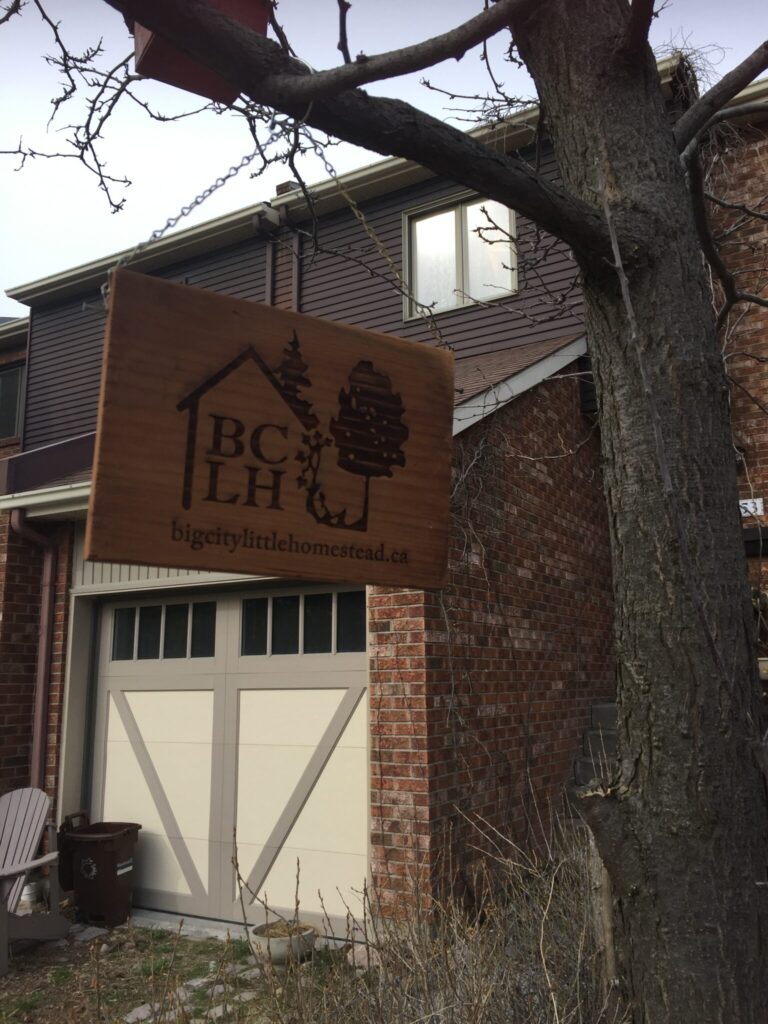If this spring, with all this rain and insufficient heat, has been frustrating or lacking in inspiration, don’t despair! You can still have a lovely garden this summer. Here are some resources to help you — especially those of you in Montreal, Quebec, and eastern Ontario, where most of these resources can be reached.
While deciding what it is you want in your garden, double-check your zone (Montrealers: we are in Zone 5). Look for vegetables that can be planted in the middle of June for a harvest in a short timeframe, up until October.
Vegetables
The word potager has long since migrated into English to knowingly refer to a kitchen garden: the herbs and vegetables a cook can reach for at almost any time, to add to a meal, or, space allowing, plant up for proper harvest.
If you can read French, download the Guide potager urbain by the couple from Drummondville who were given a legal hassle in 2012 about having a front yard full of vegetables. This 240-page e-book is a handy guide to having a very attractive and productive garden. You might not be able to do so as extensively as they had it, but set yourself a goal of one small project.

Here are the next steps: Vegetable seedlings are now well past their prime at the grocery stores, garden centres, and greenhouses where they’re sold (one such vendor is Semis urbains / Urban Seedling). You’ll surely be able to find some on sale. Get them into the ground, or into standard or wicking (self-watering) pots as quickly as possible, and water them well (you can even provide some shade for the first day or two; if it’s a sunny spell, they may need it).
Make sure that compost is part of the soil mix, and mulch the surface to retain moisture. Water them every day if the rain doesn’t come.
Punch list
- Plant all fruits (strawberries, tomatoes, squashes and melons, etc) in the sunniest parts of your yard.
- Plant beans that have fewer than 75 days to maturity. Soak them first for 48 hours between moist paper towels to get them to sprout. It is better to plant sprouts to avoid disappointment. Many gardeners already experienced this not-coming-up phenomena! Don’t be shy about crowding them – beans can take multiple plants per square foot.
- Got any potatoes with eyes developing? Start a potato heap/tower. You may be able to get a bunch of baby potatoes for the autumn. This is worthwhile if you remember to eat them fresh as in straight out of the ground and into a pot. The flavour is different than what you get at the store.
- Easy: leafy greens can be successively planted and you’ll enjoy them all the way through fall!
- Stock up on spinach, swiss chard, and peas. Plant them even into late July for an autumn harvest. They are cool-weather vegetables. Carrots of certain types can also handle this treatment; make sure they’ve got well-fertilized sandy soil.

Native perennials
For flowers, plant biennials and perennials now to enjoy what you can of their foliage for this year. Know that while they might not flower this year, you’re establishing their root systems so they come up beautifully next spring.
For the wild/shaded part of your garden, take a look at native garden nurseries and find plants that will help out this year’s native pollinators. The Canadian Wildlife Federation has a whole section of their website dedicated to wildlife gardening, and their page on native plant suppliers is here (it is also available in French by clicking the language selector at the top of the page).
The Jardin Botanique de Montreal has a brief page about using plants native to Quebec. The native nurseries I already know of are Pepinière rustique and Aiglon Indigo, however, their stores appear to be only online. Pepinière Gaucher, in Brigham, is open to the public six days a week. It’s worth it to go to the Eastern Townships to visit the nursery this time of year, and go berry-picking at the same time (strawberries, raspberries and currants)! In the Montreal area, Pepinière Jasmin in Ville St. Laurent is large, and largely ornamental and horticultural. They have an indigenous plant section, as well as a waterscape section
In Ontario, there are many native plant nurseries, and the benefits are well-described at Native Plant Nurseries, in Zephyr, ON. One closer to Peterborough is the Gamiing Nature Centre, where they have workshops in June and August. The City of Ottawa has a handy list of native species – more information here. Ottawa river valley native plants are available at Connaught Nursery.
If you’re in the United States, you’re in luck – Plants for Birds is a fantastic resource that will tell what plant nurseries are in your area are stocking plants that will serve the birds that live near you — or pass through during spring and autumn migration.
Happy gardening! With the holidays coming up and the hope for better weather, may you make the most of it.




0 Comments
2 Pingbacks